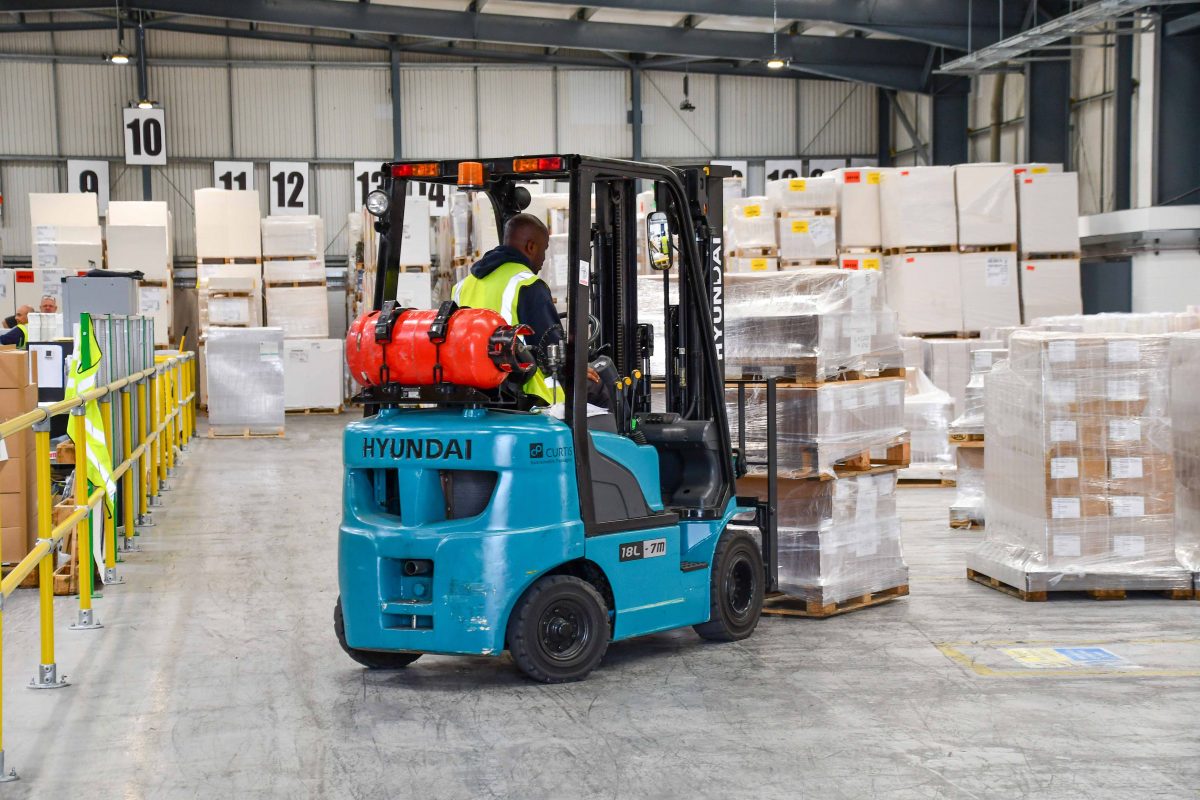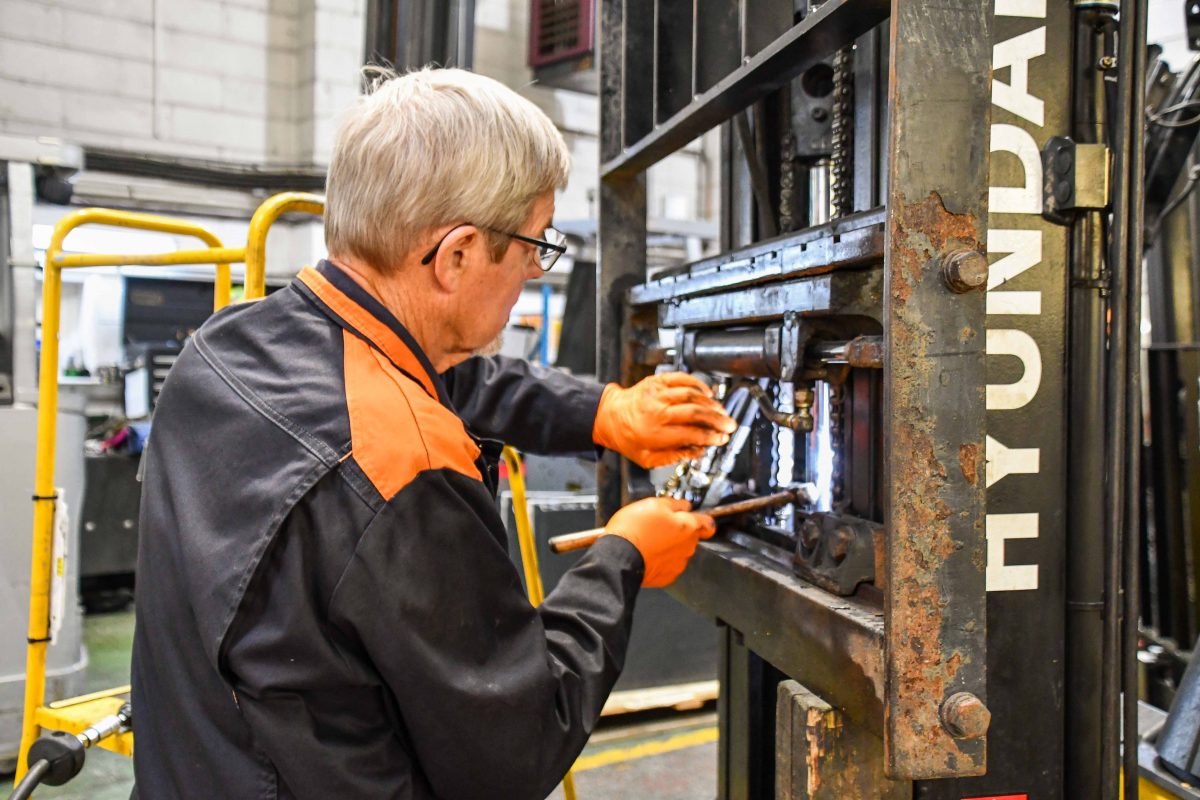How to make a forklift road legal
To make a forklift road legal, it typically needs to be equipped with several safety features, such as:
- Working brakes
- Turn signals and brake lights
- Reflectors
- Horn
- Windshield wipers (if it has a windshield)
- Rearview mirrors
- Headlights and taillights
- A speed governor to limit the top speed
Additional factors
Additionally, the forklift may need to be registered and insured, and the operator may need to have a valid commercial driver’s license. It’s important to check with your local laws and regulations to ensure compliance before operating a forklift on public roads.
In addition to the safety features mentioned earlier, making a forklift road legal may require additional modifications, such as:
Tyres
Forklifts typically have solid tires, but road-legal ones need to have pneumatic tyres that are suitable for the road.
Suspension
Forklifts do not have suspension systems, but to make them legal on public roads, they need to have a suspension system that can handle the rough terrain of the road.
Speedometer
To monitor the speed, you may need to install a speedometer, which will help to ensure that the forklift does not exceed the legal speed limit.
Steering
Forklifts have a different steering mechanism than cars, so you may need to make modifications to the steering system to make it suitable for road use.
Safety Cage
To protect the operator, a safety cage may need to be installed around the operator’s compartment.
Safety Belts
Seat belts are mandatory for the operator.
Safety Belts
A compliance plate must be fixed on the forklift indicating the weight and size of the forklift, as well as other important information such as the maximum speed and the maximum load capacity.
It’s important to note that the regulations for making a forklift road legal may vary depending on the country or area you are in, so it’s best to consult with local authorities to determine what specific modifications are required in your area.






